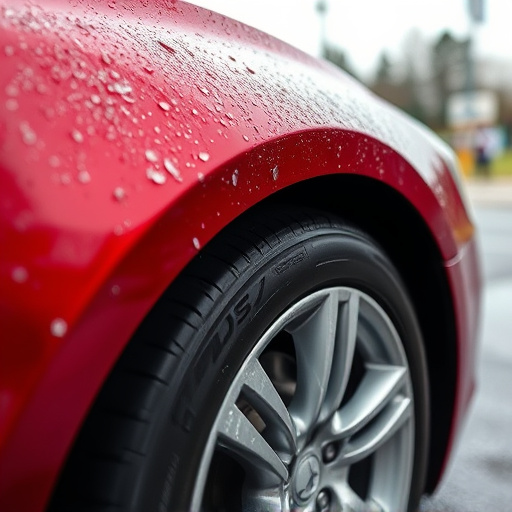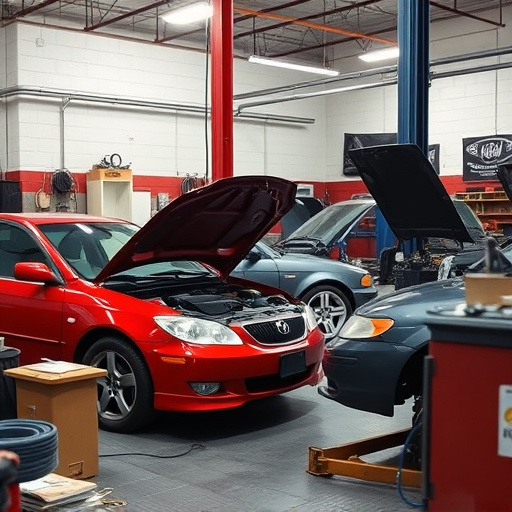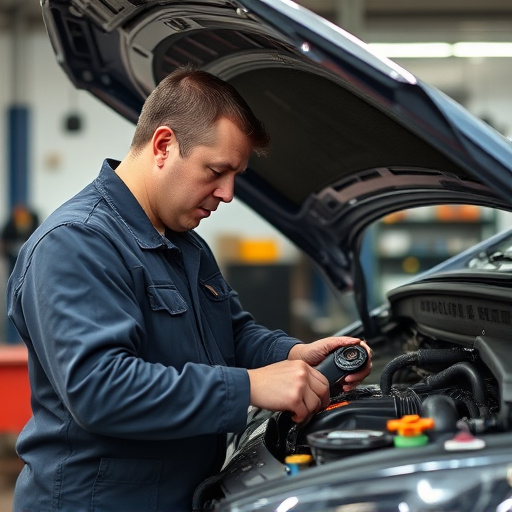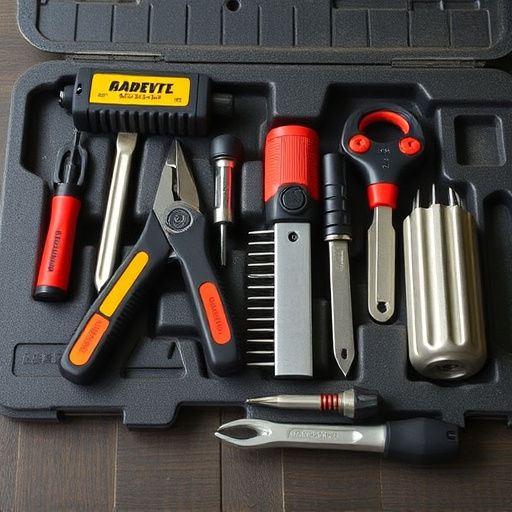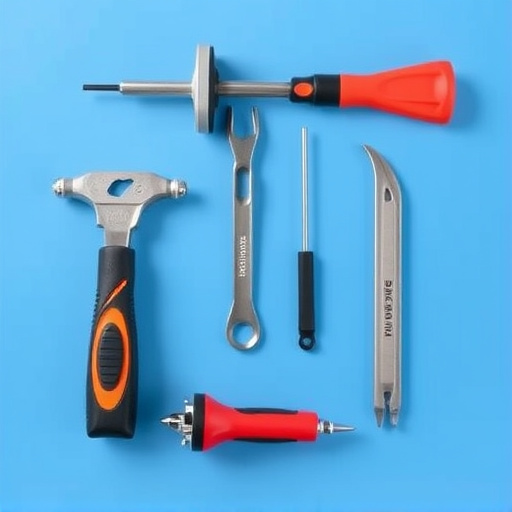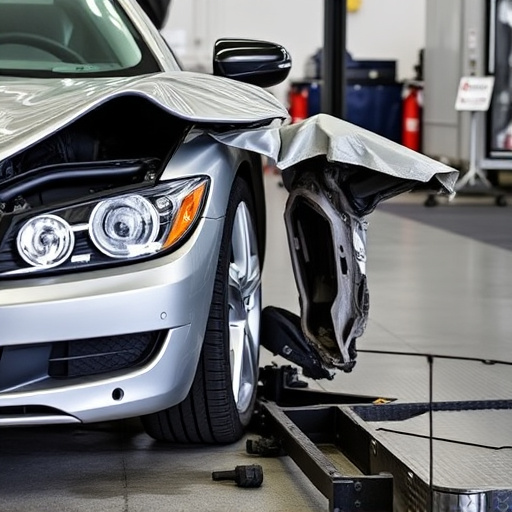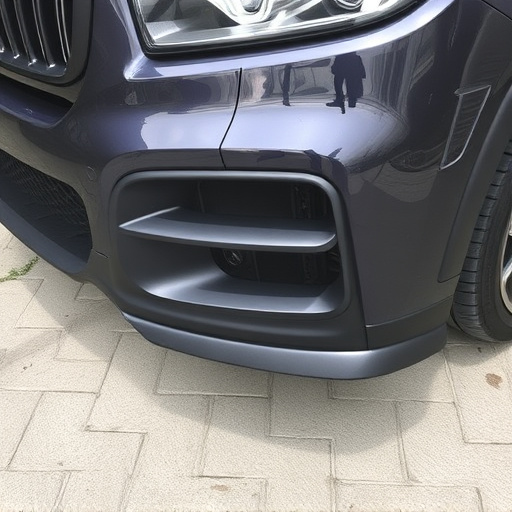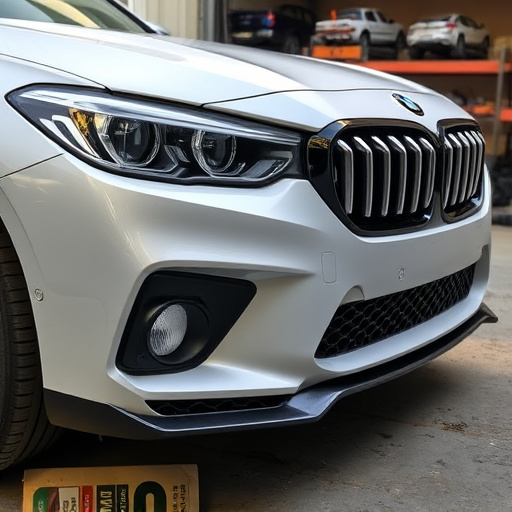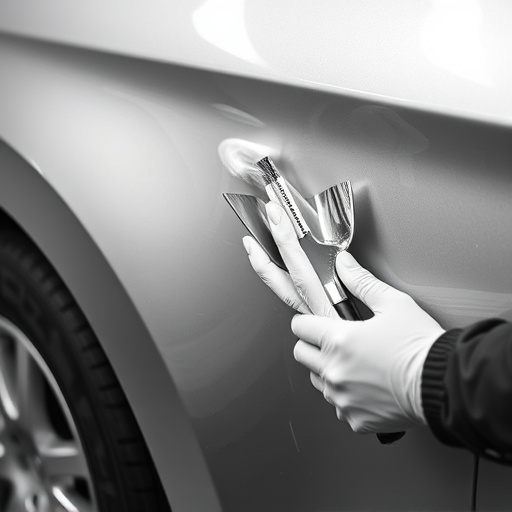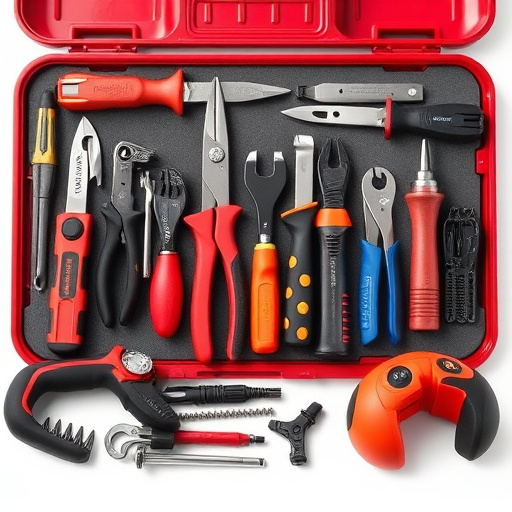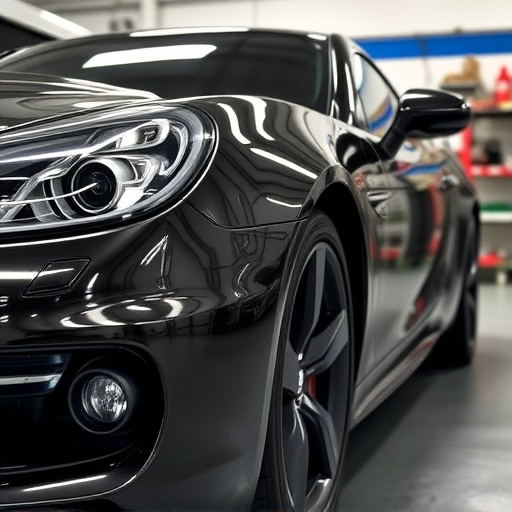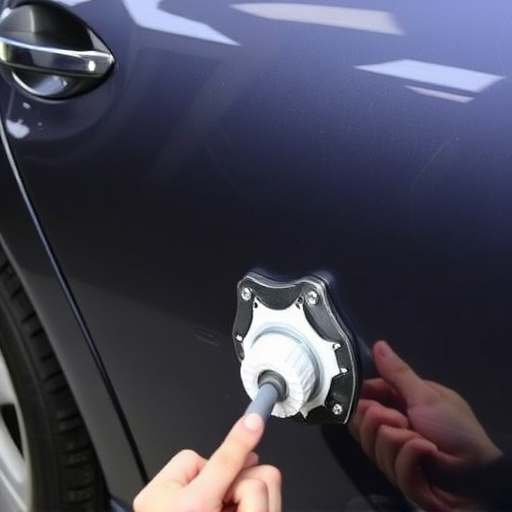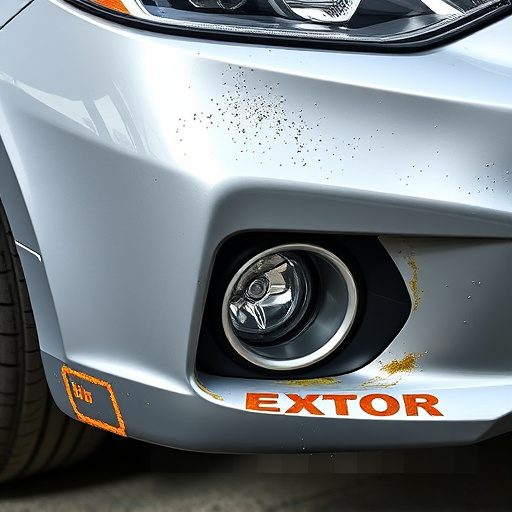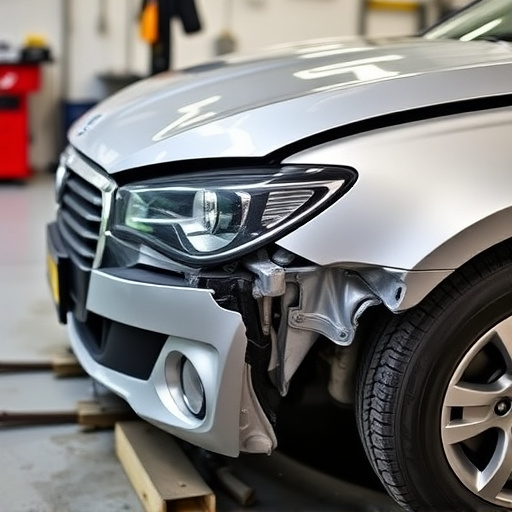Tesla structural aluminum repair requires specialized tools due to the vehicle's unique design and aluminum alloy composition. Essential equipment includes advanced dent removal systems, precision cutting tools, specialized welding machines, and high-tech finishing gear to maintain structural integrity and aesthetic appeal. Auto body shops invest in these modern techniques and dedicated tools for precise, durable repairs that match the vehicle's original structure, enhancing service quality and Tesla vehicle performance.
Tesla vehicles are renowned for their innovative design, and proper repair of their structural aluminum bodywork is crucial. This process demands specialized equipment due to the unique properties of aluminum. In this article, we explore the specialized tools required for Tesla structural aluminum repairs, discuss the distinct challenges involved, and highlight efficient techniques to ensure optimal restoration results.
- Specialized Tools for Tesla Aluminum Repair
- Unique Challenges in Structural Aluminum Repairs
- Efficient Techniques for Restoring Tesla's Aluminum Bodywork
Specialized Tools for Tesla Aluminum Repair

When it comes to Tesla structural aluminum repair, specialized tools are paramount. The intricate design and lightweight nature of Tesla vehicles demand precision and expertise during any repair process. Traditional methods often don’t suffice for this unique material, which is why dedicated equipment is necessary. These tools are specifically engineered to handle the challenges posed by aluminum construction, ensuring that repairs match the vehicle’s original integrity and aesthetic appeal.
Automotive restoration enthusiasts and professional repair shops alike invest in specialized equipment for Tesla aluminum repair. This includes advanced dent removal tools capable of addressing dings and creases without compromising the metal’s structural integrity. Other essential tools may involve precision cutting devices, specialized welding machines, and high-tech finishing equipment to restore the car’s original gleam. Such investments highlight the commitment to both quality and longevity in Tesla structural aluminum repair.
Unique Challenges in Structural Aluminum Repairs

When it comes to Tesla structural aluminum repair, the process is far more intricate than traditional metal repairs. The unique alloy composition and complex manufacturing techniques employed by Tesla present several challenges for auto collision centers and automotive body shops. These repairs demand specialized equipment and a deep understanding of advanced materials to ensure structural integrity and preserve the vehicle’s original design aesthetics.
Unlike conventional auto maintenance, aluminum repair requires precise alignment and meticulous attention to detail due to its high strength-to-weight ratio and corrosion resistance. A slight misalignment or improper technique can compromise the overall performance and safety of the Tesla vehicle. Therefore, reputable automotive body shops invest in specialized tools and training to handle these complex repairs effectively.
Efficient Techniques for Restoring Tesla's Aluminum Bodywork
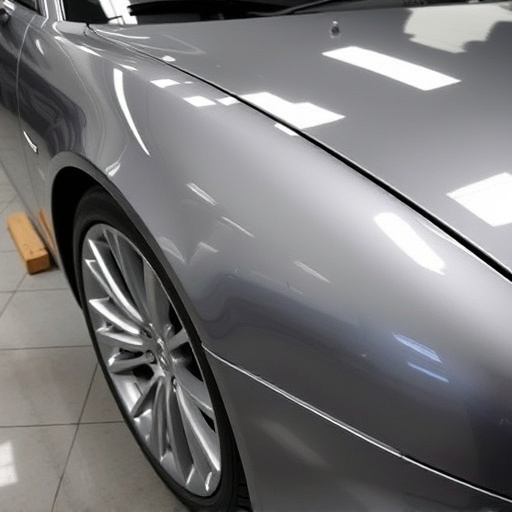
Efficient Techniques for Restoring Tesla’s Aluminum Bodywork
When it comes to Tesla structural aluminum repair, the use of advanced techniques and specialized equipment is paramount. Modern auto repair shops now employ state-of-the-art machinery designed specifically for handling aluminum bodywork, ensuring precise and durable results. These tools enable technicians to accurately assess and fix dents, scratches, and other damage, maintaining the vehicle’s original aesthetics.
One innovative technique gaining traction in Tesla structural aluminum repair is the use of automated dent repair systems. These systems utilize a combination of vacuum and pneumatic pressure to quickly and efficiently remove dents from aluminum panels. Additionally, computer-aided design (CAD) software integrated with these machines allows for precise measurements, guaranteeing exact repairs that blend seamlessly with the vehicle’s existing structure. This advanced approach not only expedites collision repair services but also enhances the overall quality of auto repair shop work.
In conclusion, Tesla structural aluminum repair requires specialized equipment and a deep understanding of the unique challenges presented by this advanced material. Efficient techniques, such as precision welding and precise measurements, ensure that Tesla’s sleek and lightweight bodywork is restored to its original integrity. By leveraging the right tools and methods, professionals can expertly navigate these repairs, preserving both the performance and aesthetic appeal of these innovative electric vehicles.
